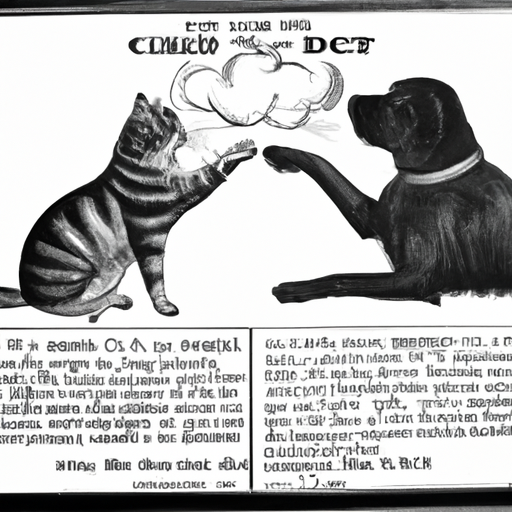Understanding Your Pet’s Whiskers
You might have noticed the long, stiff hairs that stick out from your pet’s muzzle, and wondered what they’re for. These are whiskers, and they are much more than just hair. For your pet, they are essential sensory tools that help them interpret the world around them.
Whiskers, or vibrissae, are different from normal hair in that their roots are three times deeper. They are surrounded by a rich supply of blood vessels and nerves, making them highly sensitive to even the smallest changes in the environment.
The Function of Whiskers in Cats
When your cat brushes against objects, its whiskers detect minute changes in air currents, allowing it to avoid obstacles even in complete darkness. This is why your cat can navigate effortlessly at night.
The whiskers also help in hunting. When your cat catches a prey, it uses its whiskers to determine the location and size of the prey.
Here’s a simple table to illustrate the main functions of cat whiskers.
| Function | Explanation |
|---|---|
| Navigation | Whiskers provide sensory feedback, allowing cats to navigate in darkness. |
| Hunting | They help determine the location and size of the prey. |
| Mood Indicator | The position of the whiskers can indicate a cat’s mood. |
The Role of Whiskers in Dogs
Just like in cats, dog whiskers serve as a sensory tool. They help dogs to sense nearby objects and changes in air currents, allowing them to navigate in the dark and avoid colliding with objects.
Moreover, whiskers can communicate a dog’s emotional state. For instance, when your dog is relaxed and content, its whiskers will remain in a neutral position. But when threatened or excited, its whiskers will stiffen and move forward.
Caring for Your Pet’s Whiskers
Taking care of your pet’s whiskers is an important part of their overall health and well-being. Here are some tips:
- Never Trim The Whiskers: Whiskers are a vital sensory tool for your pet. Cutting them can cause confusion and disorientation.
- Keep Them Clean: While bathing your pet, gently clean the whiskers without pulling or tugging.
- Regular Vet Checkups: Your vet can spot any issues related to whiskers during regular check-ups.
Frequently Asked Questions
Q: Can whiskers grow back if cut or damaged?
A: Yes, whiskers can grow back but it can take some time.
Q: Do all animals have whiskers?
A: No, not all animals have whiskers. They are mostly found in mammals.
Q: Can a pet feel pain if their whiskers are touched?
A: While whiskers are highly sensitive, merely touching them doesn’t usually cause pain. However, pulling or cutting them can cause discomfort.
Understanding and caring for your pet’s whiskers can give you unique insights into their world. So the next time you see those long, stiff hairs, remember, they are doing more than just adding to your pet’s charm, they are essential tools for their survival and well-being.



